
DOHA, QATAR: The main entrance of the Mandarin Oriental, Doha in Qatar.
The Mandarin Oriental, Doha opened in March 2019 in Msheireb Downtown Doha, a planned, smart-city district in Qatar, and the world’s first sustainable downtown regeneration project. The sand-hued hotel overlooks the enchanting Barahat Msheireb Town Square, the largest open-air covered town square in the Middle East, encompassing 7000 sqm with the biggest retractable, climate-controlled cooling roof in the region. The design concept of the golden square references the welcoming and luxurious sitting rooms of traditional Qatari homes, and the backlit onyx cladding at night in translucent honey tones, echoes the inherent spirit of the desert. Msheireb Downtown Doha, developed by Msheireb Properties, whose Chairwoman is HRH Highness Sheikha Moza bint Nasser, adheres to the highest standards in green building in re-creating a way of indigenous Qatari living and culture, in the centre of the capital city. Qatar is not just kicking ball by hosting the 2022 FIFA World Cup, it’s venerating its history and heritage through artistic avant-garde advancement in every sphere. This 11,000 km desert kingdom is on its way to becoming a nonpareil cultural capital of the world.

DOHA, QATAR: The Mandarin Oriental, Doha overlooks the Barahat Msheireb Town Square in Msheireb Downtown Doha, Qatar.
The Mandarin Oriental, Doha is not a glass and glimmer skyscraper tearing into the blue skies, as one is wont to think of luxury hotels in the Middle East, blazoning the apodictic wealth of the country. It confutes the very notion the second your car rolls up the narrow, stone-cobbled alleyways, especially designed thus to give you a feel of old Qatari residential neighbourhoods, but not without a distinct, contemporary finesse befitting of a luxury hotel. Brick, mortar, wood, metal and a whole lot of soul make up the architectural and design language of the Mandarin Oriental, Doha that is culturally coherent with Qatari living and the heritage of the desert nation. The ferej, an intrinsic part of Qatari homes, built to provide shade from the desert sun and for air circulation (a natural air-conditioner so to speak) for respite from the heat, makes its modern-day presence felt in the hotel’s corridors and landings.

DOHA, QATAR: A street view of the main entrance of the Mandarin Oriental, Doha, Qatar.
The shifting shapes of sand dunes inspired the key design element for the interiors of the property. Right from the imposing entrance pillars to the walls, marble floors and ceiling reliefs, an artistic representation of sand dunes runs through the hotel consummately. The design is as conspicuous and as unobtrusive as you want it to be. If you want to see it, you can see it everywhere and if you don’t, well, then you don’t. But the sand dunes of Qatar are there, hearkening the travelling bedouin origins of Qatar to the current day on your calendar.

DOHA, QATAR: A general view from the Mandarin Oriental, Doha of the ferej or narrow alleyway sstreets in Doha, Qatar
The fretwork sand dune panels, with a painted eggshell finish on the ceiling, with a brass veil, influenced by the awnings and canopies of Arab dhows and ocean waves, designed by the David Collins Studio and Alexander Lamont’s straw marquetry adorn the lobby of the hotel. The brass veil, alongside the straw marquetry, is a breathtaking design genius. Lamont used dried straw stems, spliced open and flattened, inlaying them individually on wood, creating a sustainable quintessence of his own. The straw fibres reflect light, changing with the time of day in the lobby and the Baraha Lounge, lending a natural sheen to each panel.

DOHA, QATAR: Fretwork sand dune columns, with a painted eggshell finish, designed by the David Collins Studio, at the main entrance lobby of the Mandarin Oriental, Doha in Qatar

DOHA, QATAR: The Mandarin Oriental, Doha lobby

DOHA, QATAR – NOVEMBER 17: A closer view of the brass veil, influenced by the awnings and canopies of Arab dhows and ocean waves, designed by the David Collins Studio and Alexander Lamont’s straw marquetry that adorn the lobby of the Mandarin Oriental, Doha on November 17, 2019 in Doha, Qatar. (Photo by Rubina A. Khan/Getty Images)
Apart from the fretwork sand dune panels that run through the entire hotel, the rooms and bathrooms resonate with elements from the rich seafaring, maritime history of Qatar, albeit subtly. The metal studs on the walls are a contemporary interpretation of the old wooden beams that extended horizontally from the walls of Qatari homes called danshal, procured with great difficulty by the bedouins due to the lack of natural vegetation in the region, to build sturdy roofs for their clay homes. The beautiful lamp shades are asymmetrically shaped, inspired by Arab dhows and the mirrors in the bathroom hang from ropes that were used at sea for fishing and pearl-diving. The black and white tile work wall behind the bathtub and jacuzzi honours the weaving traditions of Qatari women. I love the heady fragrance the Atelier Cologne Rose Anonyme bath line, a Rose Oud, that’s congruous to the landscape’s Desert Rose crystal formations, used by Qataris as talismans for protection and spirit guidance.

DOHA, QATAR – NOVEMBER 17: The Arab dhow-shaped lamps complement the fretwork sand dune panels, with a painted eggshell finish, designed by the David Collins Studio, on the ceilings and walls of the rooms and suites, that are the key design feature of the Mandarin Oriental, Doha on November 17, 2019 in Doha, Qatar. (Photo by Rubina A. Khan/Getty Images)

DOHA, QATAR – NOVEMBER 15: The marble bath tub designed in the seafaring theme of the Mandarin Oriental Doha on November 15, 2019 in Doha, Qatar. (Photo by Rubina A. Khan/Getty Images)

DOHA, QATAR – NOVEMBER 15: A dresser in the Junior Suite at the Mandarin Oriental Doha on November 15, 2019 in Doha, Qatar. (Photo by Rubina A. Khan/Getty Images)

DOHA, QATAR – NOVEMBER 17: The bathroom mirrors hang by a rope, taking inspiration from the Arab dhows and the maritime and seafaring history of the region that resonates in the design theme of the Mandarin Oriental, Doha on November 17, 2019 in Doha, Qatar. (Photo by Rubina A. Khan/Getty Images)
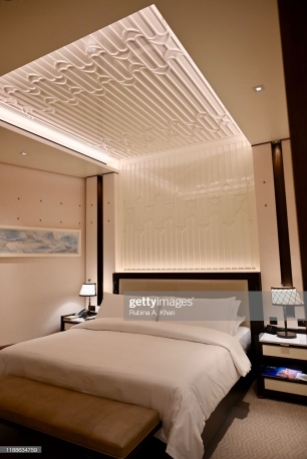
DOHA, QATAR – NOVEMBER 17: The Arab dhow-shaped lamps complement the fretwork sand dune panels, with a painted eggshell finish, designed by the David Collins Studio, on the ceilings and walls of the rooms and suites, that are the key design feature of the Mandarin Oriental, Doha on November 17, 2019 in Doha, Qatar. (Photo by Rubina A. Khan/Getty Images)

DOHA, QATAR – NOVEMBER 15: A Junior Suite living room with the fretwork sand dunes and metallic studs above the art work on the walls resembling the old wooden beams in Qatari homes called ‘danshal’ which extend horizontally from walls at the Mandarin Oriental Doha on November 15, 2019 in Doha, Qatar. (Photo by Rubina A. Khan/Getty Images)

DOHA, QATAR – NOVEMBER 15: A Junior Suite bedroom with the fretwork sand dunes and metallic studs on the walls resembling the old wooden beams in Qatari homes called ‘danshal’ which extend horizontally from walls at the Mandarin Oriental Doha on November 15, 2019 in Doha, Qatar. (Photo by Rubina A. Khan/Getty Images)
A serene sense of calm envelops you, once you’re inside the pristine and quiet (I loved that!) of your room, and the plush bed is meant for sleeping, especially after an exquisite Oriental Essence treatment at the Spa with its very own indoor swimming pool. Flight fatigue what? Though I worked through most nights on my bed, and that was snug and restful too. Imagine discovering a yoga mat, a jaanamaz and a hair straightener (not just a hairdryer) in your room, not to mention the mini-bar snacks packaged in exclusively designed tin boxes bearing palm trees – this is artistic design commingling with human desires and essentials in a manner most natural and decorous.
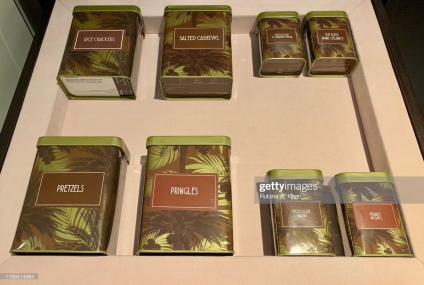
DOHA, QATAR: The mini-bar snacks especially packaged in tin boxes with palm trees at the Mandarin Oriental, Doha in Qatar

DOHA, QATAR: The Baraha Lounge at the Mandarin Oriental, Doha in Qatar

DOHA, QATAR: The alfresco courtyard of the Mandarin Lounge at the Mandarin Oriental, Doha in Qatar

DOHA, QATAR: Morning views at the Mandarin Oriental, Doha in Qatar

DOHA, QATAR: The Barahat Msheireb Town Square at the Mandarin Oriental, Doha in Qatar
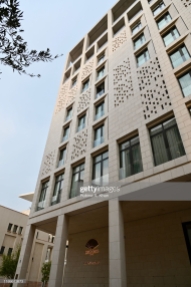
DOHA, QATAR: An exterior view of the Mandarin Oriental, Doha in Qatar

DOHA, QATAR: The prayer room at the Mandarin Oriental, Doha in Qatar
The location of the Mandarin Oriental, Doha is enviable, given it’s a short 20-minute drive from Hamad International Airport and is adjacent to the Amiri Diwan, Qatar’s seat of government and the Emir of Qatar, HRH Tamim bin Hamad Al Thani’s palace. It is a five-minute walk to the Msheireb Museum and the redeveloped and very lively (not noisy) and alive Souk Waqif, with its Falcon Souks, a Camel Pen and of course, the Gold Souk. The Museum of Islamic Art, designed by the late I.M. Pei and the National Museum of Qatar, designed by Jean Nouvel to look like the natural Desert Rose crystal formations that are found in Qatar, with inward-curving disks, intersections and cantilevered elements, with 1.5 kilometers of gallery space, giving voice to the unique story of Qatar and its people in an immersive and experiential manner in three chapters — Beginnings, Life in Qatar and The Modern History of Qatar are a short drive away and stand testament to the invested vision of the country’s love and liberal furtherance of the arts. The recherché National Museum of Qatar is a must visit. To give you perspective, the Metropolitan Museum of Art in New York’s annual budget for new acquisitions is USD 30 million and the Qatar Museums’ is USD 1 billion, chaired by HRH Sheikha Al Mayassa bint Hamad bin Khalifa Al Thani.
 The food is exemplary at all the four restaurants in the hotel, and at the Mandarin and Baraha Lounges. My first meal was an Angus Beef Burger at Aqua, the alfresco rooftop restaurant and bar that serves up easy-sharing dishes like Arabic mezze, sliders and pide. Mosaic, the specialty nine-kitchen restaurant on the eighth floor is where the vibe is relaxed and the sun filters in through the metal grills inspired by traditional windows with intricate lattice panels called mashrabiya. Even the lifts bear a prominent pearl motif on the metal grills in honour of the pearling history of the country. Volcanic Torched Tuna Sushi, the Thai Beef Salad with a Lucha Libre cocktail here are to live for! I had a Turkish Pide (flat bread made of wheat flour) with Beef Pepperoni and Olive with Oregano and Parmesan for the fist time, and it was great. Mosaic is also where the elegant Qatari ladies breakfast and that says a lot about the food. I loved the Malika Honey, a delicious Qatari honey that’s harvested from the Busaif Apiary, of which 15 beehives are owned by the Mandarin Oriental, Doha as part of their sustainability program. It’s something that should really be sold to the guests at the hotel, it’s that good. The cream-filled Pistachio and Red Velvet Croissants, the Apple Detox Water, the Beef Cecina and all things beef honestly made me extremely happy to breakfast at Mosaic everyday.
The food is exemplary at all the four restaurants in the hotel, and at the Mandarin and Baraha Lounges. My first meal was an Angus Beef Burger at Aqua, the alfresco rooftop restaurant and bar that serves up easy-sharing dishes like Arabic mezze, sliders and pide. Mosaic, the specialty nine-kitchen restaurant on the eighth floor is where the vibe is relaxed and the sun filters in through the metal grills inspired by traditional windows with intricate lattice panels called mashrabiya. Even the lifts bear a prominent pearl motif on the metal grills in honour of the pearling history of the country. Volcanic Torched Tuna Sushi, the Thai Beef Salad with a Lucha Libre cocktail here are to live for! I had a Turkish Pide (flat bread made of wheat flour) with Beef Pepperoni and Olive with Oregano and Parmesan for the fist time, and it was great. Mosaic is also where the elegant Qatari ladies breakfast and that says a lot about the food. I loved the Malika Honey, a delicious Qatari honey that’s harvested from the Busaif Apiary, of which 15 beehives are owned by the Mandarin Oriental, Doha as part of their sustainability program. It’s something that should really be sold to the guests at the hotel, it’s that good. The cream-filled Pistachio and Red Velvet Croissants, the Apple Detox Water, the Beef Cecina and all things beef honestly made me extremely happy to breakfast at Mosaic everyday.

DOHA, QATAR – NOVEMBER 17: A Pistachio Croissant at Mosaic, the speciality nine-kitchen restaurant at the Mandarin Oriental, Doha on November 17, 2019 in Doha, Qatar. (Photo by Rubina A. Khan/Getty Images)

DOHA, QATAR – NOVEMBER 15: Malika Honey, a delicious Qatari honey is harvested from the Busaif Apiary, of which 15 beehives are owned by the Mandarin Oriental, Doha as part of their sustainability program on November 15, 2019 in Doha, Qatar. (Photo by Rubina A. Khan/Getty Images)

DOHA, QATAR – NOVEMBER 15: A Torched Tuna and Shrimp Roll at Mosaic, the speciality nine-kitchen restaurant at the Mandarin Oriental, Doha on November 15, 2019 in Doha, Qatar. (Photo by Rubina A. Khan/Getty Images)

DOHA, QATAR – NOVEMBER 16: A Beef Pepperoni and Olive Turkish Pide with Oregano and Parmesan at Mosaic, the speciality nine-kitchen restaurant at the Mandarin Oriental, Doha on November 16, 2019 in Doha, Qatar. (Photo by Rubina A. Khan/Getty Images)

DOHA, QATAR – NOVEMBER 15: A Thai Beef Salad at Mosaic, the speciality nine-kitchen restaurant at the Mandarin Oriental, Doha on November 15, 2019 in Doha, Qatar. (Photo by Rubina A. Khan/Getty Images)
Izu, the Mediterranean cuisine restaurant facing the Barahat Msheireb town square, with three seating areas – an indoor ground and mezzanine level and the popular outdoor terrace is where the culinary artistry is at, led by Nigerian chef, Izu Ani. Chef Izu is beyond gifted – Fried Organic Eggs with Foie Gras and Truffle Sauce, the Wagyu burger, Slow Braised Beef Short Ribs with Padron Peppers, the Burrata with Cherry Tomatoes and Basil, Watermelon and Feta Salad, the Mandarin Gelato, the Le Verger drink made with fresh basil leaves, lemon and apple juice – there’s a discernible Izu addition to the simple classics, that takes his creations to a whole new level of delectable, and memorable flavours. He’d Izu’d everything I ate and drank, and loved, from the very first bite and swill to the very last! You have to be Izu’d at Izu people.

DOHA, QATAR – NOVEMBER 16: A Mandarin Sorbet, Vanilla Icecream, Hazelnut Icecream and a Mango Sorbet assortment at Izu, a Mediterranean cuisine restaurant named after its Nigerian chef, Izu Ani, at the Mandarin Oriental, Doha on November 16, 2019 in Doha, Qatar. (Photo by Rubina A. Khan/Getty Images)

DOHA, QATAR – NOVEMBER 16: A Burrata with Cherry Tomatoes and Basil appetizer at Izu, a Mediterranean cuisine restaurant named after its Nigerian chef, Izu Ani, at the Mandarin Oriental, Doha on November 16, 2019 in Doha, Qatar. (Photo by Rubina A. Khan/Getty Images)

DOHA, QATAR – NOVEMBER 17: A Watermelon Salad with Feta Cheese and Orange Confit at the outdoor terrace at Izu, a Mediterranean cuisine restaurant named after its Nigerian chef, Izu Ani, facing the Barahat Msheireb Town Square at the Mandarin Oriental, Doha on November 17, 2019 in Doha, Qatar. (Photo by Rubina A. Khan/Getty Images)

DOHA, QATAR – NOVEMBER 15: Fried Organic Eggs with Foie Gras and Truffle Sauce at Izu, the Mediterranean cuisine restaurant named after its Nigerian chef, Izu Ani, at the Mandarin Oriental, Doha on November 15, 2019 in Doha, Qatar. (Photo by Rubina A. Khan/Getty Images)

DOHA, QATAR – NOVEMBER 16: The outdoor terrace of Izu, the Mediterranean cuisine restaurant named after its Nigerian chef, Izu Ani, that faces the beautiful Barahat Msheireb town square at the Mandarin Oriental, Doha on November 16, 2019 in Doha, Qatar. (Photo by Rubina A. Khan/Getty Images)

DOHA, QATAR – NOVEMBER 17: A Wagyu Burger with Veal Bacon and Fries at the outdoor terrace at Izu, a Mediterranean cuisine restaurant named after its Nigerian chef, Izu Ani, facing the Barahat Msheireb Town Square at the Mandarin Oriental, Doha on November 17, 2019 in Doha, Qatar. (Photo by Rubina A. Khan/Getty Images)

DOHA, QATAR – NOVEMBER 17: A Le Verger drink made with fresh basil leaves, lemon and apple juice at the outdoor terrace at Izu, a Mediterranean cuisine restaurant named after its Nigerian chef, Izu Ani, facing the Barahat Msheireb Town Square at the Mandarin Oriental, Doha on November 17, 2019 in Doha, Qatar. (Photo by Rubina A. Khan/Getty Images)
The English afternoon tea service at the Baraha Lounge, overlooking the Barahat Msheireb town square, and at the Mandarin Lounge from 2-6PM everyday, is immensely popular with the Qataris and locals. Gilded cakes, pink rose madelines and savouries with bespoke blends anyone? Gelato, the frozen dessert and gelato restaurant, also overlooking the Barahat Msheireb town square hits everyone’s sweet spot with its vast array of flavours, from vegan chocolate to Arabic coffee to anything your heart desires. If The Secret Bar at Izu is rather rad whilst Ambar is its sophisticated equal to quaff in at the hotel.

DOHA, QATAR: Afternoon Tea at the Mandarin Lounge at the Mandarin Oriental, Doha in Qatar

DOHA, QATAR: A gelato assortment at Gelato at the Mandarin Oriental, Doha in Qatar
Newer luxury hotels, unlike the Mandarin Oriental, Doha, aim to make you feel like you could be anywhere in the world once you’re inside, and that just does not cut it for me. I have my own bed at home where I can imagine such inanities in my pyjamas on my own time, thanks, but no thanks! I don’t need to take a flight to Doha to imagine that I am in the Seychelles! Every morning, when I woke up and had my morning Nespresso, I knew I was in Doha and not in a ‘home away from home’. I so despise that sell! Everything in the room, and outside my window overlooking the modern ferej, told me so and this is what I loved the most about staying at the Mandarin Oriental, Doha. I felt like I was invited into the luxe confines of a Qatari home that’s most certainly not mine, or like mine, and I am a treasured guest of theirs for the weekend. And that’s how you feel like you ‘belong’ innately to a new place. The Mandarin Doha team is ebullient and professional, led ably by their General Manager, Martin Schnider.
No evening at the Mandarin Oriental, Doha felt complete without looking out at the molten glow of the Barahat Msheireb town square or a ‘cool’ walk around it, literally. Doha will always be ManDOHArin for me!
Rubina’s Rating: 9/10
Disclaimer: Any part of the content on the rubinaakhan.com website cannot be reproduced without prior permission and crediting the website and the author.
@Rubina A Khan 2019
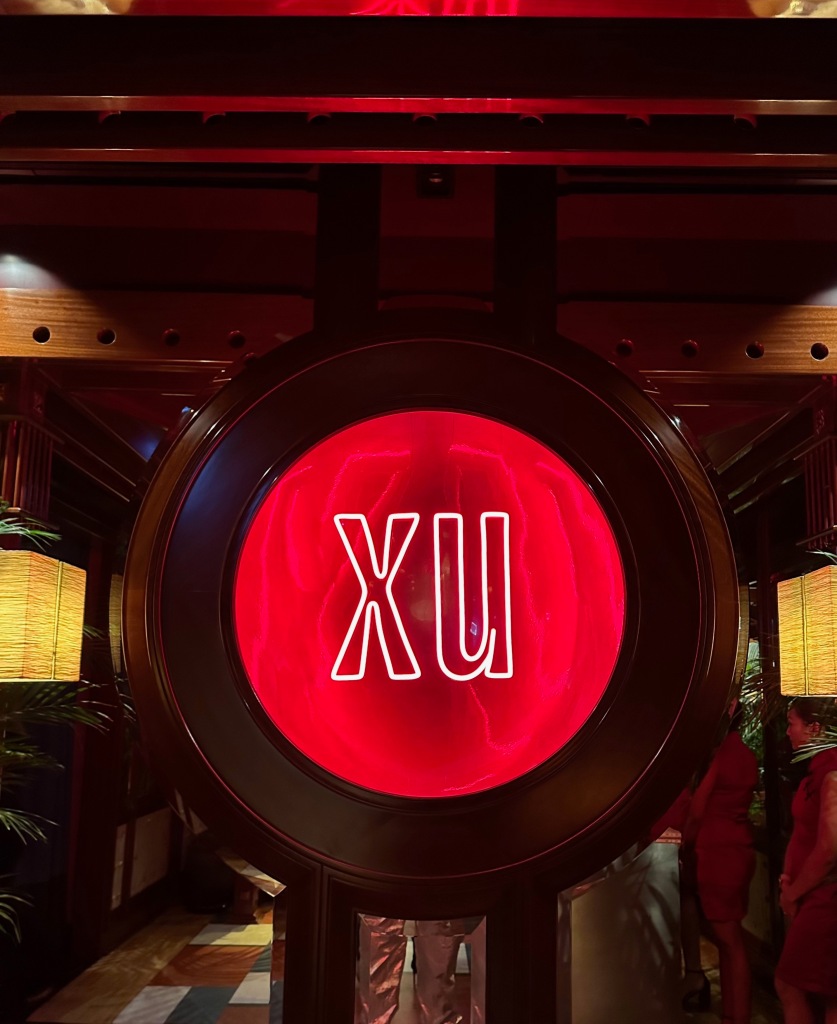





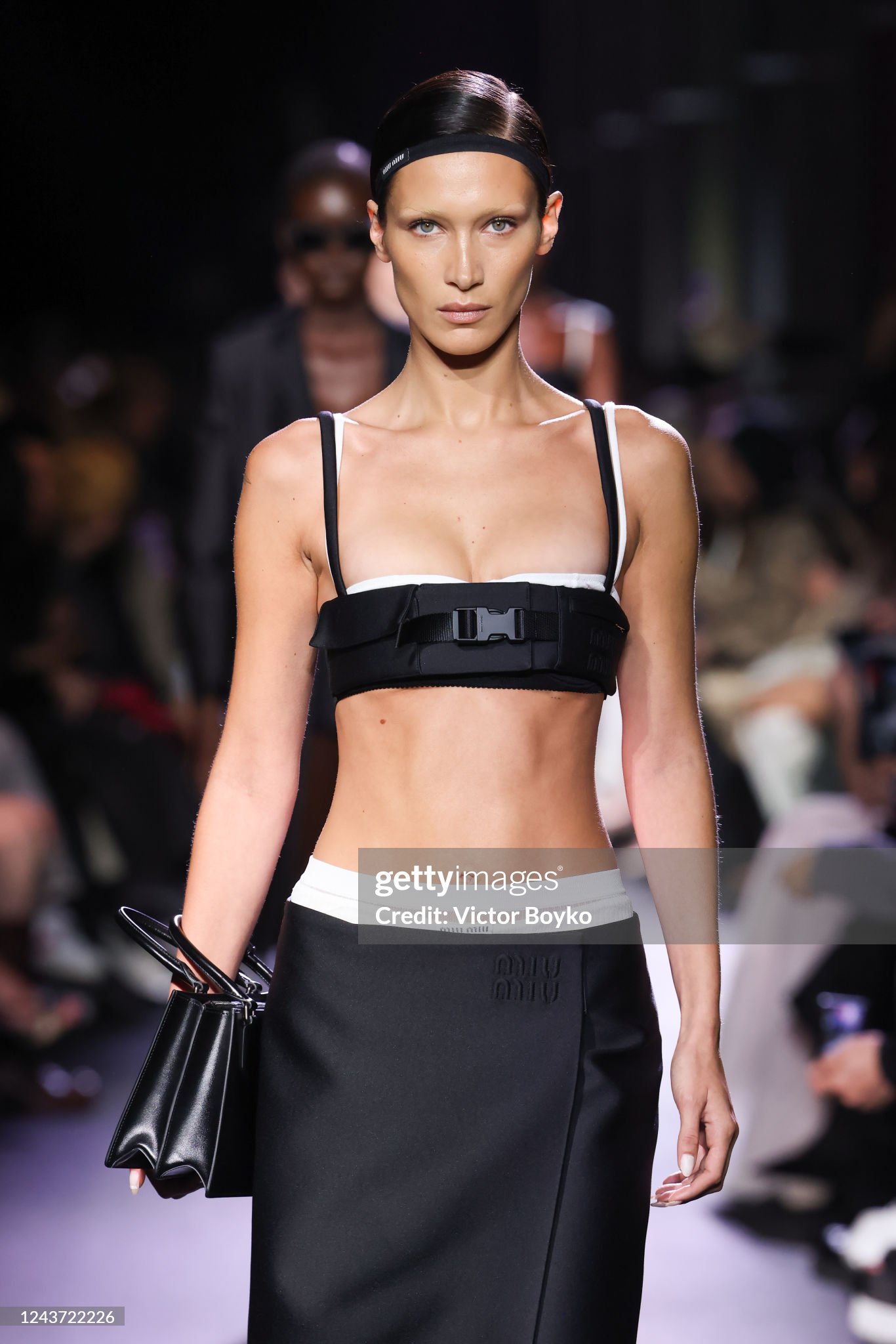


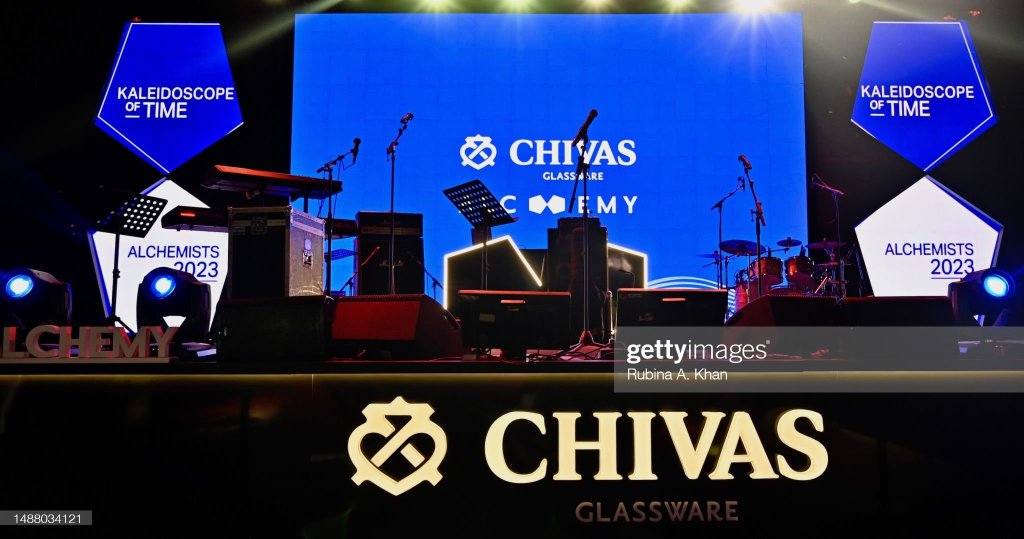






















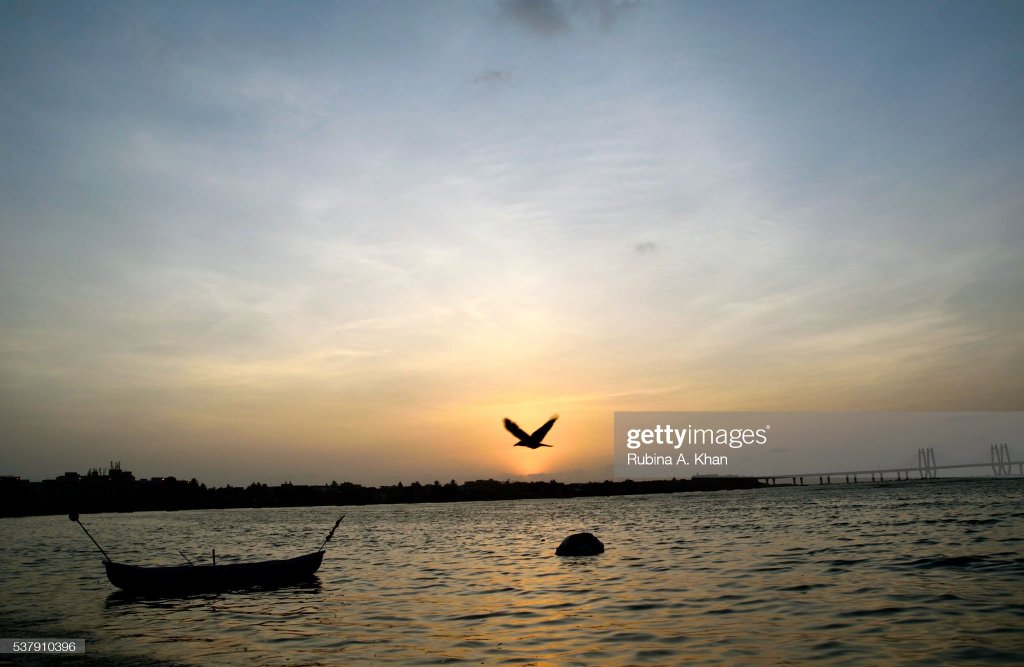

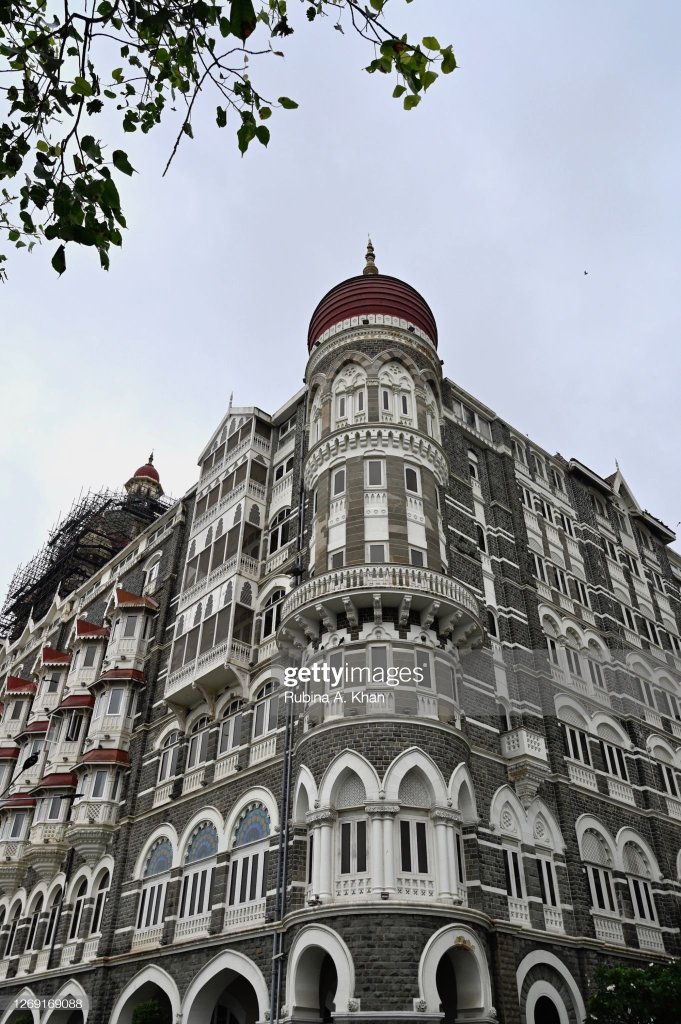




























































 The food is exemplary at all the four restaurants in the hotel, and at the Mandarin and Baraha Lounges. My first meal was an Angus Beef Burger at Aqua, the alfresco rooftop restaurant and bar that serves up easy-sharing dishes like Arabic mezze, sliders and pide. Mosaic, the specialty nine-kitchen restaurant on the eighth floor is where the vibe is relaxed and the sun filters in through the metal grills inspired by traditional windows with intricate lattice panels called mashrabiya. Even the lifts bear a prominent pearl motif on the metal grills in honour of the pearling history of the country. Volcanic Torched Tuna Sushi, the Thai Beef Salad with a Lucha Libre cocktail here are to live for! I had a Turkish Pide (flat bread made of wheat flour) with Beef Pepperoni and Olive with Oregano and Parmesan for the fist time, and it was great. Mosaic is also where the elegant Qatari ladies breakfast and that says a lot about the food. I loved the Malika Honey, a delicious Qatari honey that’s harvested from the Busaif Apiary, of which 15 beehives are owned by the Mandarin Oriental, Doha as part of their sustainability program. It’s something that should really be sold to the guests at the hotel, it’s that good. The cream-filled Pistachio and Red Velvet Croissants, the Apple Detox Water, the Beef Cecina and all things beef honestly made me extremely happy to breakfast at Mosaic everyday.
The food is exemplary at all the four restaurants in the hotel, and at the Mandarin and Baraha Lounges. My first meal was an Angus Beef Burger at Aqua, the alfresco rooftop restaurant and bar that serves up easy-sharing dishes like Arabic mezze, sliders and pide. Mosaic, the specialty nine-kitchen restaurant on the eighth floor is where the vibe is relaxed and the sun filters in through the metal grills inspired by traditional windows with intricate lattice panels called mashrabiya. Even the lifts bear a prominent pearl motif on the metal grills in honour of the pearling history of the country. Volcanic Torched Tuna Sushi, the Thai Beef Salad with a Lucha Libre cocktail here are to live for! I had a Turkish Pide (flat bread made of wheat flour) with Beef Pepperoni and Olive with Oregano and Parmesan for the fist time, and it was great. Mosaic is also where the elegant Qatari ladies breakfast and that says a lot about the food. I loved the Malika Honey, a delicious Qatari honey that’s harvested from the Busaif Apiary, of which 15 beehives are owned by the Mandarin Oriental, Doha as part of their sustainability program. It’s something that should really be sold to the guests at the hotel, it’s that good. The cream-filled Pistachio and Red Velvet Croissants, the Apple Detox Water, the Beef Cecina and all things beef honestly made me extremely happy to breakfast at Mosaic everyday.












